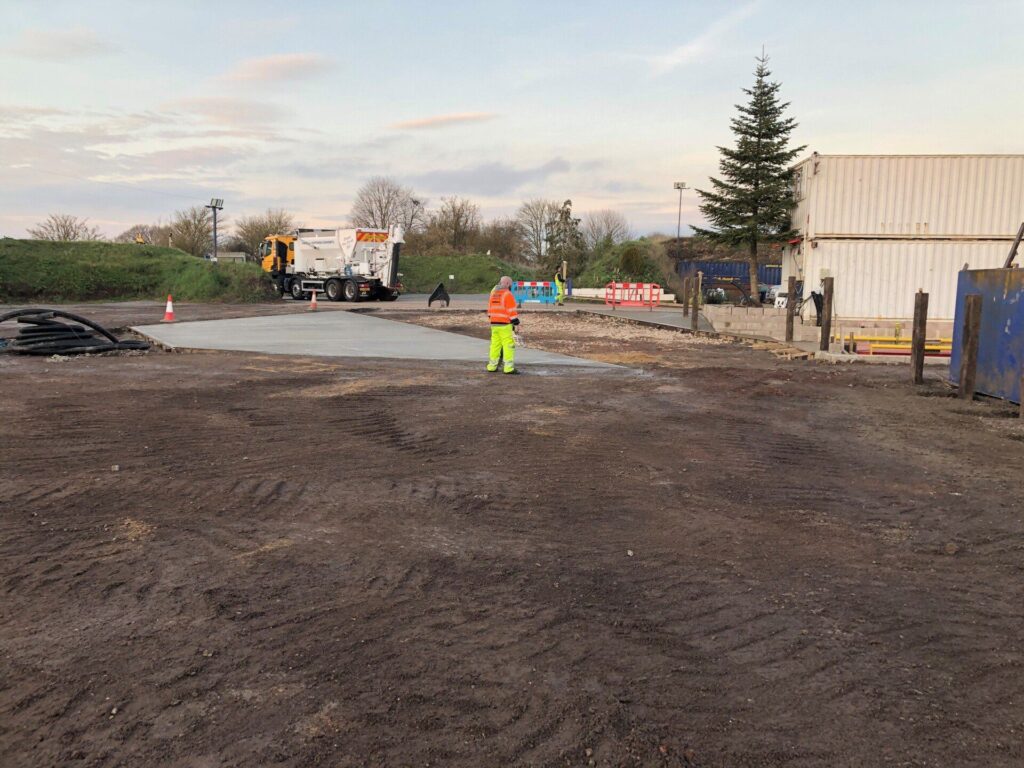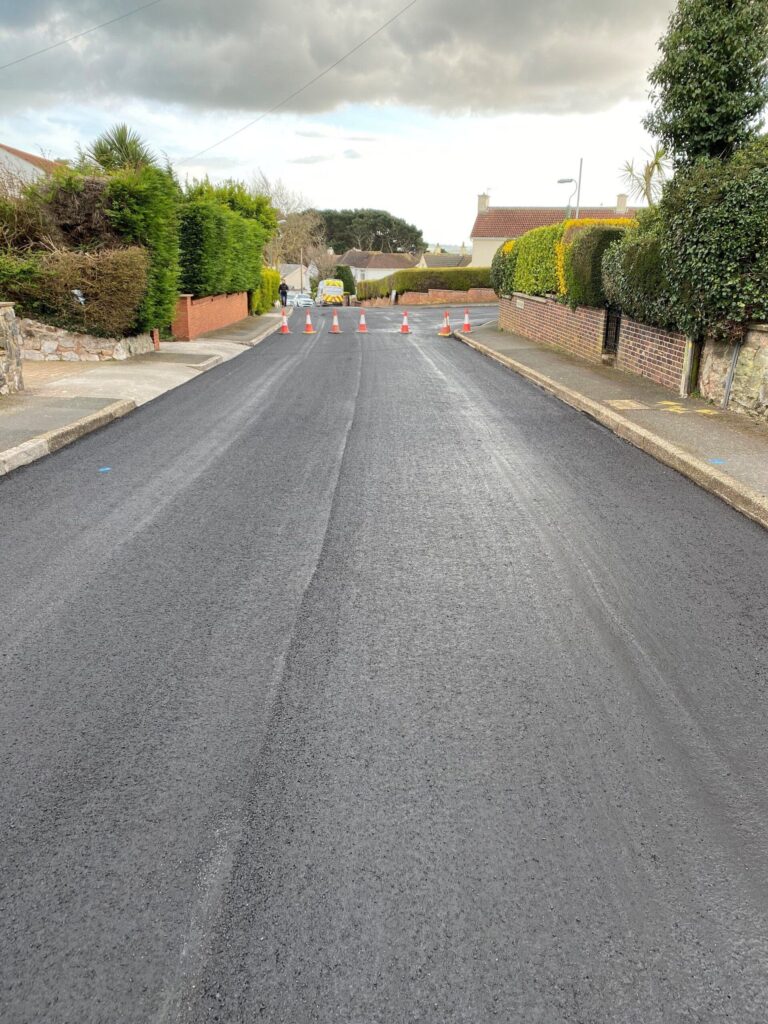However well a road was initially constructed, it will eventually break down. A poorly built road will tend to deteriorate much more quickly, under the combined usage pressures and environmental factors such as ice and heat.
Using surface dressing can extend the life of a road by more than a decade, as well as making it more secure to drive on.
Surface dressing is done to roads still in good condition, to extend both life and functionality. It seals the road surface, stopping water from getting in. This in turn minimises cracks and potholes. It also makes roads safer, improving skid resistance for emergency braking.
Surface dressing involves spraying the surface with a bitumen binder, then a layer of stone chip. This dressing is then rolled. Combined with the pressure of traffic (moving at a slow speed), the stone is embedded into the surface, creating a long-lasting, hardwearing, efficient road surface.
The benefits of surface dressing include:
If the road feels slick when you drive on it, particularly after rain, it’s a sign it needs resurfacing. Surface dressing helps waterproof the road, and will increase traction as you drive on it. Any road that has become slippery should be surface-dressed. This will give it extra traction, for the safest driving conditions.
Remember that once the surfacing has been done, vehicle speed must be minimised until the stone chips have been properly embedded into the bitumen.
Cracks allow water to penetrate the surface, and water penetrating the road will bring about the quick deterioration of the surface. Once the water has trickled into the road, it can freeze in the winter months and expand, causing even more damage and the cracks grow. If you notice cracks starting to form, it’s time for surface dressing. The surface dressing will prevent water from seeping through the cracks and will keep it from being ruined by the ice that can form.
Continuous traffic will wear down the surface of the road until it is uneven in places due to heavy usage.
You may notice that there are small areas where the bitumen seems to have been removed, or there may be undulations in the surface. When you use surface dressing on the road, these dips and divots will be smoothed out. This is a good method for eliminating minor surface issues, but if you are dealing with bigger potholes – where the holes have dipped further down and formed actual holes – these need to be fixed before surface dressing can take place.
Roads can often last for decades, and you can extend that life further with surface dressing. It prevents the destruction of the road and prevents environmental damage, as well as traffic damage. The road will also be safer for driving on after the surface dressing. It’s a lower-cost option for redoing the road.
Are you seeing signs that you need surface dressing for your road? Hazell & Jefferies can perform surface dressing for the road, making it safer and easier to drive on, and extending its life and functionality. Get in touch today for a quote.

